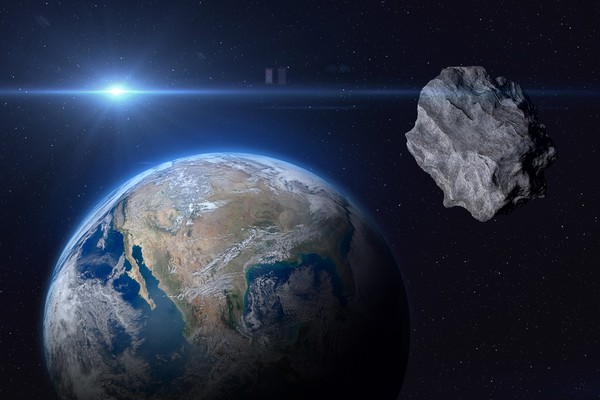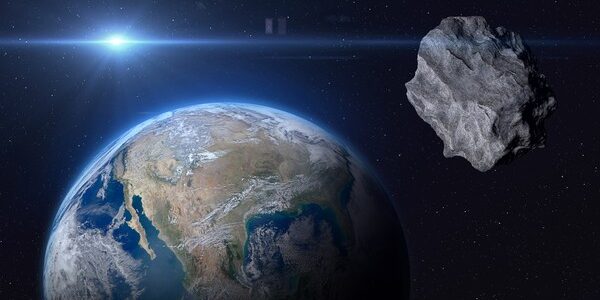Asteroid: Ancient Wanderers of the Celestial Expanse – In the vast cosmic expanse that stretches beyond our world, asteroids emerge as the silent wanderers—ancient remnants of the early solar system that continue to intrigue scientists and space enthusiasts alike.
These rocky and metallic bodies have a history that stretches back billions of years, and their presence holds insights into the formation and evolution of our cosmic neighborhood. This article delves into the captivating world of asteroids, shedding light on their nature, impact on Earth, and the intriguing questions they evoke. slot online
What is the Asteroid that Hit Earth?
Asteroids have struck Earth throughout its history, leaving behind impact craters that bear witness to their cosmic encounters. One of the most famous impacts is the Chicxulub impact, believed to have occurred around 66 million years ago in what is now Mexico. premium303

This impact event is thought to have contributed to the mass extinction event that wiped out the dinosaurs and led to significant changes in Earth’s ecosystems.
Will an Asteroid Hit Earth in 2023?
As of current knowledge, there are no confirmed predictions of an asteroid impact with Earth in 2023. Scientists around the world continuously monitor the skies for near-Earth objects (NEOs) and assess the potential impact risk.
In the unlikely event that a significant asteroid were on a collision course with Earth, researchers have techniques and strategies for planetary defense, which include deflection and mitigation efforts.
Where is Asteroid?
Asteroids can be found in various locations within our solar system. The majority of them are found in the asteroid belt, a region located between the orbits of Mars and Jupiter. This belt contains countless rocky bodies of varying sizes.
Some asteroids have orbits that bring them closer to Earth, while others travel farther out in the solar system. Additionally, asteroids known as Near-Earth Objects (NEOs) have orbits that bring them into close proximity to our planet.
What is Asteroid Made Of?
Asteroids come in a diverse range of compositions, reflecting the wide variety of materials present during the early stages of our solar system’s formation. They are primarily composed of rock, metal, and silicate materials.
Some asteroids are rich in metals like iron and nickel, while others are composed of rocky materials and minerals. Compositional studies of asteroids provide valuable insights into the processes that shaped our solar system billions of years ago.
Conclusion: Cosmic Time Capsules
Asteroids, with their ancient origins and cosmic journeys, serve as time capsules that provide glimpses into the history of our solar system.
From impacting the Earth’s surface and shaping its geological features to offering clues about the building blocks of planetary formation, these celestial wanderers offer a treasure trove of information waiting to be unlocked.
As we continue to explore the cosmos and study these enigmatic objects, we gain a deeper understanding of the dynamic processes that have shaped our cosmic surroundings.

